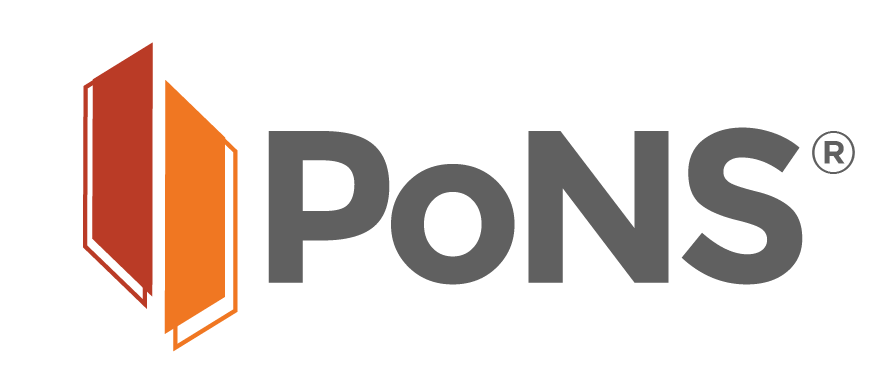Take Physical Rehabilitation Therapy to the Next Level for Patients with Gait Deficits
Keeping your clinic on the cutting edge of physical rehabilitation innovations can be challenging. The added pressure to gain skills that will benefit your patients coupled with a busy schedule only adds to that.
Helius Medical recognizes your dedication to growth and providing the best care for your patients. We’re offering PoNS® Professional Training to help you become a PoNS Trainer. This training is exclusively for physical rehabilitation specialists who wish to bring PoNS Therapy™ to their clinic. It’s free, 100% online, and can be taken at your own pace.
Watch This Video on How PoNS Therapy Leads to Impactful Therapeutic Outcomes
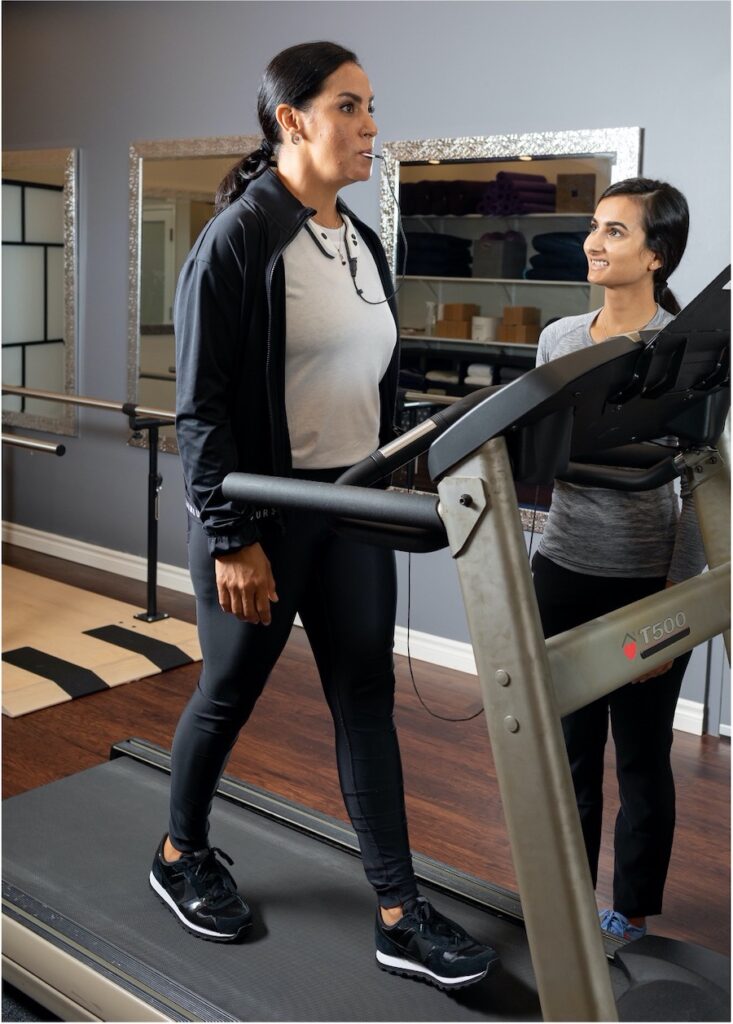
PoNS, short for Portable Neuromodulation Simulator, is an innovative, easy-to-use, orally applied therapy that promotes neuroplasticity. PoNS amplifies physical therapy to improve your patient’s balance or gait. PoNS has a controller, which sits around the patient’s neck, and a mouthpiece that rests on the tongue. Neurostimulation is delivered through the mouthpiece connected to the portable controller.
Why deliver stimulation through the tongue?
- The tongue contains a high density of nerve endings, requiring less current than the skin to elicit a sensory response
- The mouth maintains a constant pH and temperature in a protected environment and, because saliva is an excellent electrolyte, the electrical impulse travels easily through the nerve fibers
- The electrode array does not need to be implanted to conduct the impulses
- The electrical impulses feel like champagne bubbles or carbonation on the tongue, so your patients will be comfortable throughout the therapeutic process
But how does it work?
- The PoNS mouthpiece has electrodes that will send mild electrical impulses through the tongue, stimulating the trigeminal and facial nerves that connect the patient’s tongue to the brainstem.
- These neural impulses travel to the pons variolli and the medulla.
- From there, translingual stimulation promotes activation of mechanisms involved in neuromodulation of signaling pathways from these brainstem areas to target regions in the cerebral cortex, including:
- the left motor cortex
- the bilateral anterior cingulate
- dorsolateral prefrontal cortex areas
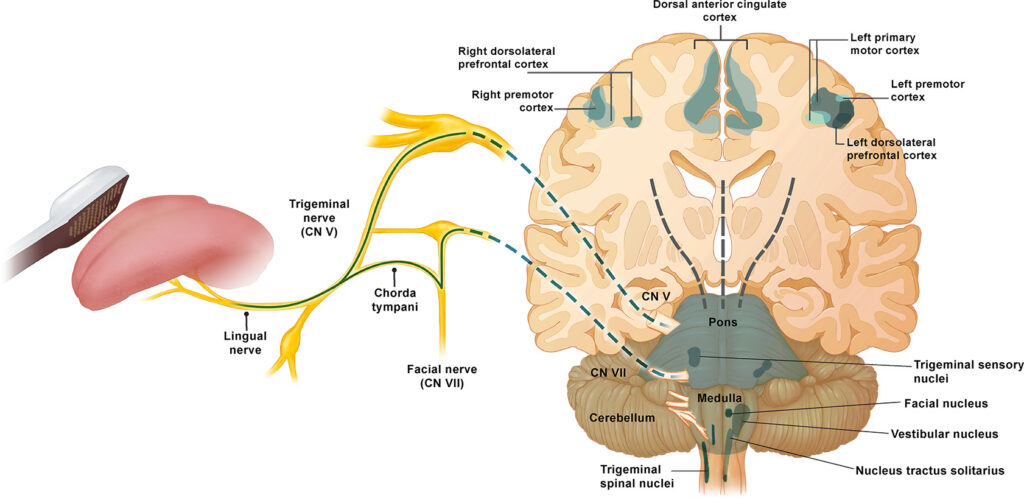
- Activating these neurons while participating in physical rehabilitation exercises is believed to promote adaptive changes leading to the development of new neurite/ axonal networks to replace or repair impaired corticospinal tract pathways that deliver the signal to the spinal cord.
- Consistent application of PoNS therapy over 14 weeks is likely to consolidate these neuroplasticity mechanisms, which may compensate for a decrease of function and be responsible for therapeutic effects of the treatment period.
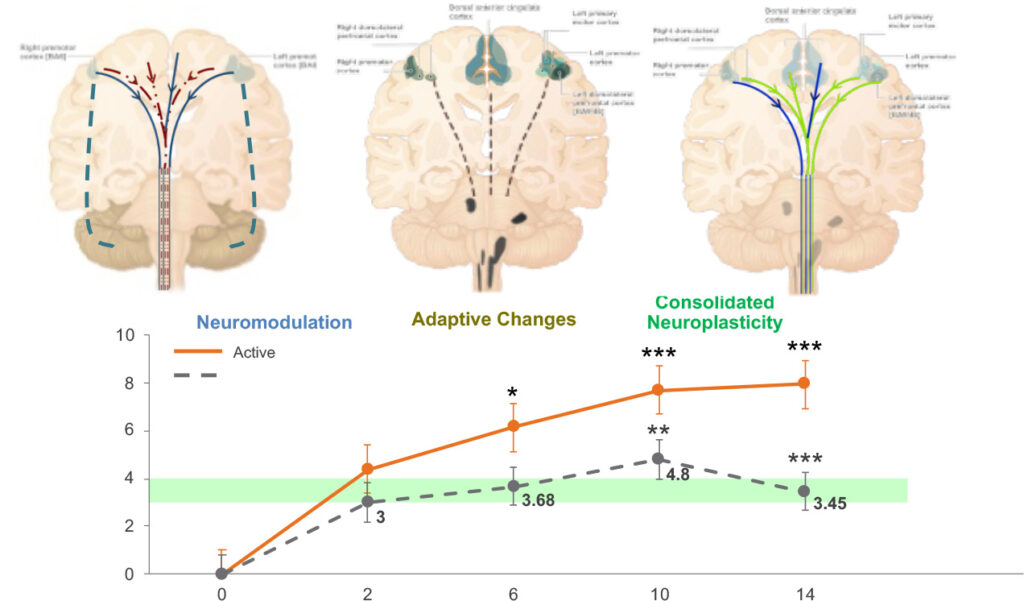
Help them Get Back In Step With Life. Apply to become a PoNS Trainer today.
Please fill out this form and our training team will be in touch.
Questions? Please speak with a Helius Medical representative by:
- Calling 1-877-564-0008
- Emailing [email protected]
REFERENCES:
Danilov Y, Kaczmarek K, Skinner K, Tyler M. Cranial nerve noninvasive neuromodulation: new approach to neurorehabilitation. In: Kobeissy FH, ed. Brain Neurotrauma: Molecular, Neuropsychological, and Rehabilitation Aspects. CRC Press/Taylor & Francis; 2015
Saunders JC. The role of central nervous system plasticity in tinnitus. J Commun Disord. 2007;40(4):313–334.
Leonard G, Lapierre Y, Chen J-K, Wardini R, Crane J, Ptito A. Noninvasive tongue stimulation combined with intensive cognitive and physical rehabilitation induces neuroplastic changes in patients with multiple sclerosis: a multimodal neuroimaging study. Mult Scler J Exp Transl Clin. 2017;3(1):2055217317690561.
